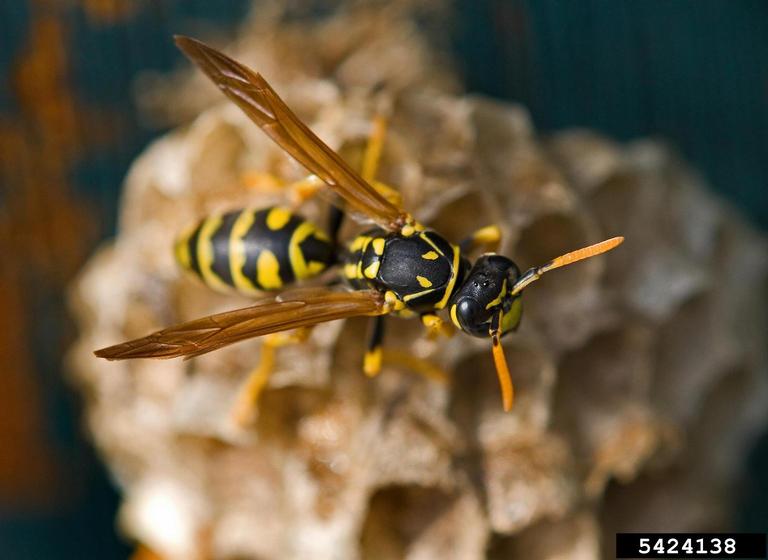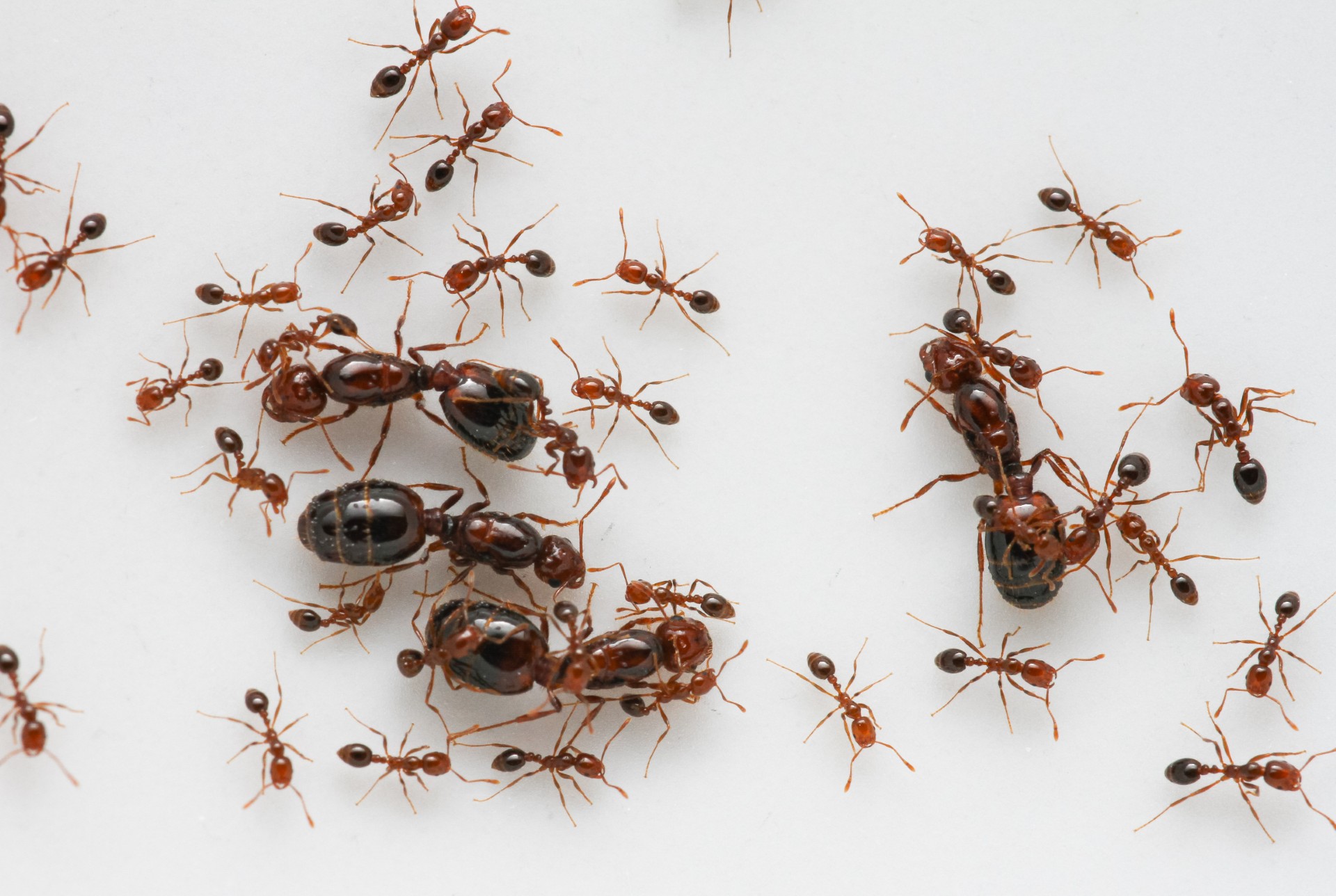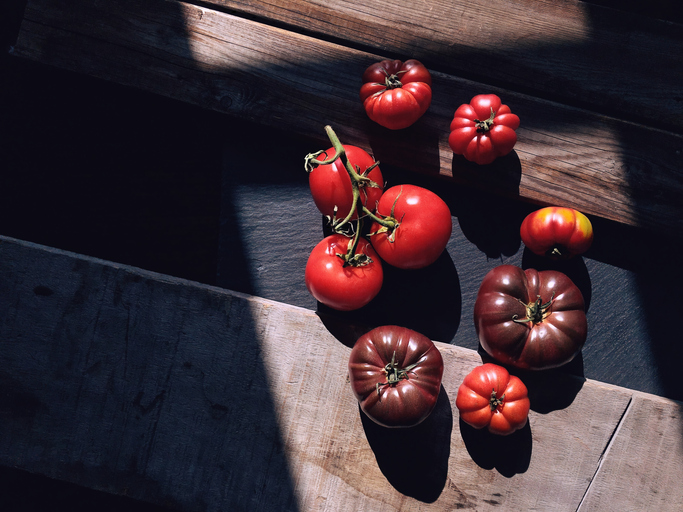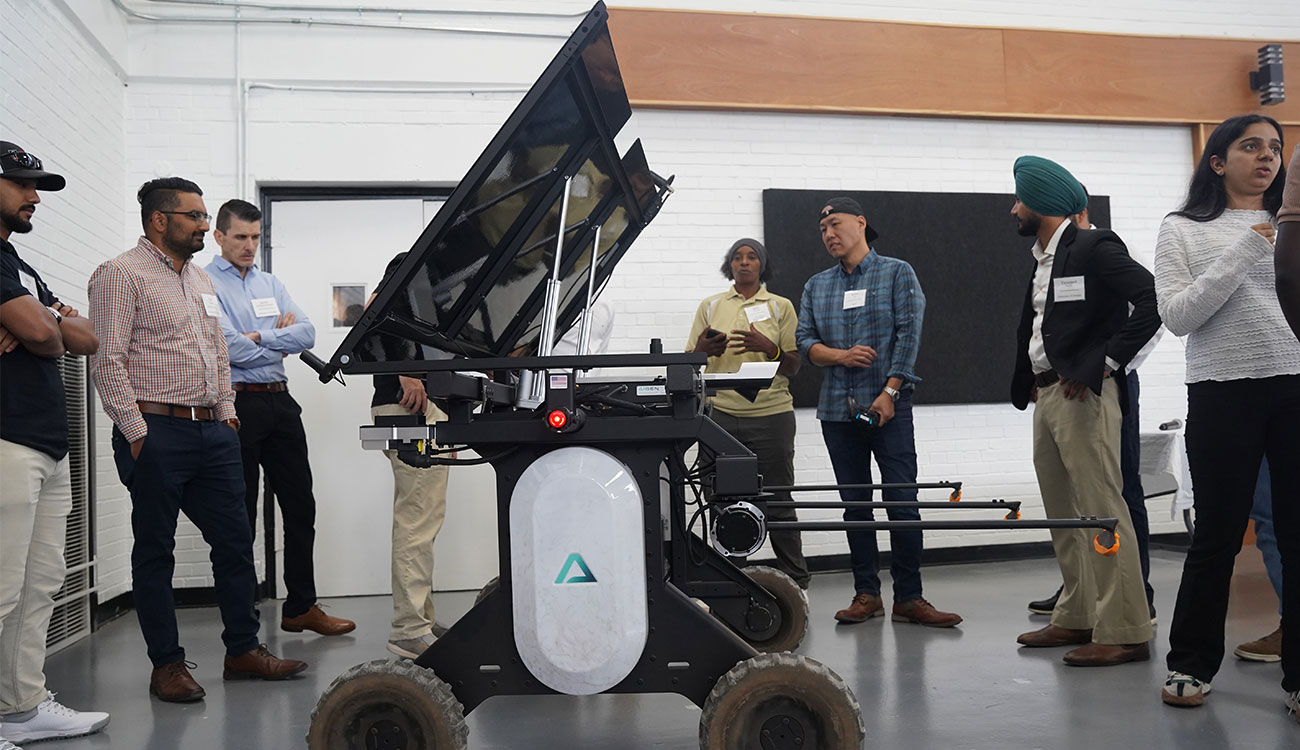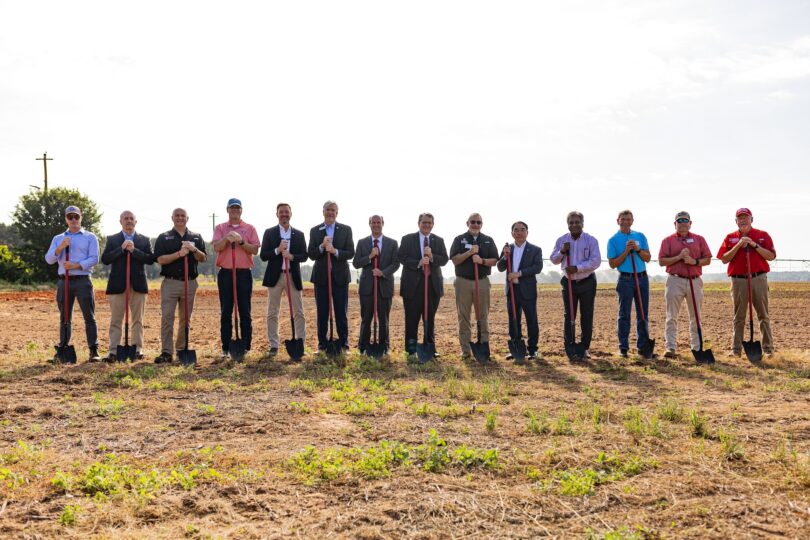|
| Properly thinned peaches are better able to reach their optimum size. |
Generally, we advise homeowners to remove fruits to a spacing of 6 inches along shoots on the outer portion of the canopy and 8 inches along shoots in the shaded portion.
That sounds pretty easy. But there's more to thinning a tree than just dropping some fruits on the ground on a Saturday afternoon.
Timing Is Everything
"Timing is everything," they say. And in the case of thinning peaches, that's absolutely true. As fruits develop, every week after bloom that the tree carries too many fruits can cost 3 percent to 6 percent in fruit size.
Earlier thinning also improves the crop yield and fruit size you can expect the following year. This is because the following year's fruit buds are being produced while fruit is still on the tree.
So earlier thinning will allow more water and nutrients to be available not only for this year's crop, but for next year's as well.
Thin Flowers Carefully
If you're thinning blooms, be careful to leave more flowers to hedge bets against a late frost. Thin to two or three flowers every 4 inches along a shoot -- two near the end of the shoot and three close to the base.
You can follow that practice two to three weeks later by removing small fruits to the 6- to 8-inch spacing. Making two trips to the tree is laborious and time-consuming. But it's effective.
Or you can use yet another method of reducing the fruit load per tree. Pruning during the dormant season (after Valentine's Day to avoid a tree-damaging freeze) can reduce the amount of hand-thinning by 10 percent. Best of all, if you do it properly, you can increase the tree's yield by 12 percent or more.
Less Is More
You may wonder why removing shoot tissue that could bear fruit will improve the yield. There are two reasons.
- The crop load to which the tree will be distributing water and nutrients will be lowered to a level the tree's systems can handle.
- The amount of unnecessary vegetative (shading) growth will be reduced. In other words, this pruning can bring a tree into a balance that favors optimum fruit growth.
Besides removing these smaller shoots, if you also reduce the length of the remaining shoots by 50 percent, the yield on some varieties increased by 30 percent and the size by up to 16 percent in some years, compared to trees that aren't pruned.
It's worth the effort. A little extra time this spring will bring fruitful results this summer.


